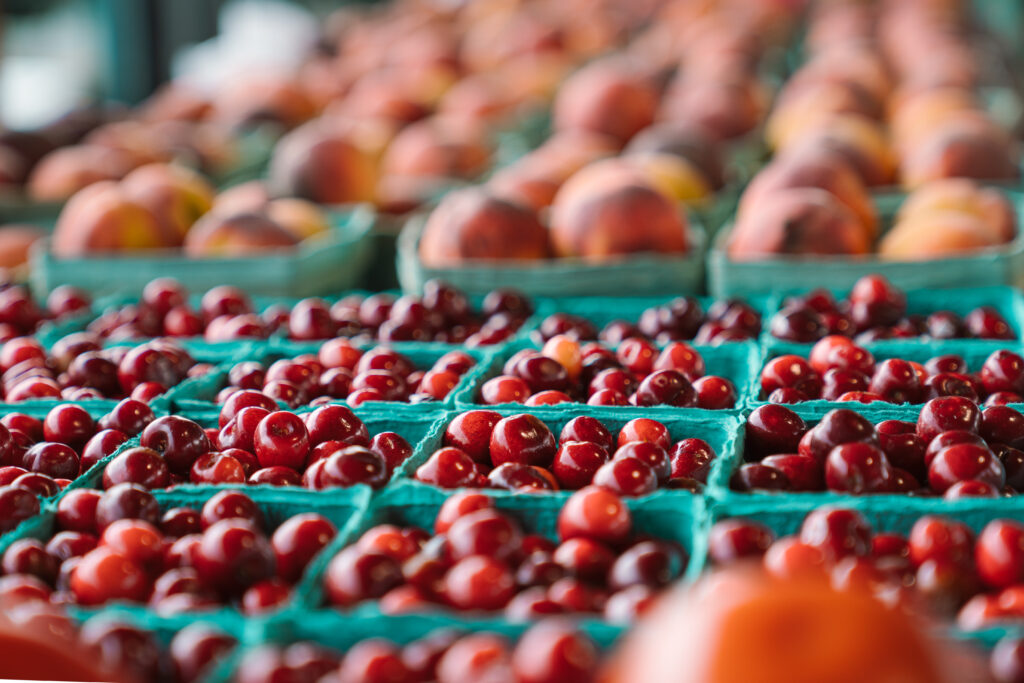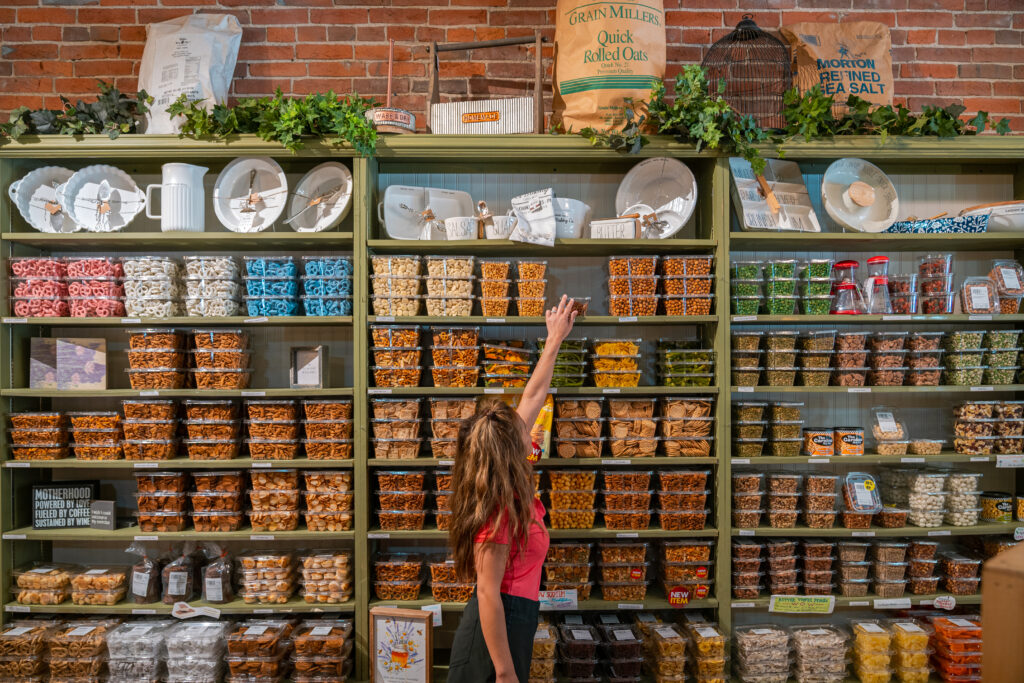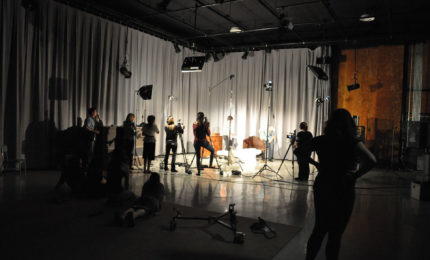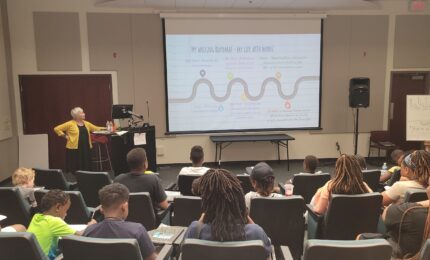How to Make Your Set Green
By Grace Smith | August 17, 2023
There are so many things to take into account when you are producing a film. Does the filming location have room for a basecamp? Have you gotten a set teacher for the minors on set? Is the catering arranged? With all these concerns and more, making your set environmentally friendly can easily slip your mind, but it may not be as difficult as you think.
The film industry is notoriously wasteful, with mountains of paperwork, gas burning generators, and hundreds of plastic water bottles, but it doesn’t have to be that way! Below are a few simple tips to make your set greener. And it doesn’t just help the environment, it can help your budget too!

Make sure there are designated recycling bins on set.
This is the easiest way to make your set a little greener. Many people will choose to recycle if they have the option, so make sure the option is there.

Throw in compost bins too!
Compost bins are a much better alternative to trash cans for food waste. Make sure you have a container with a lid and do your research to make sure you have a place nearby to drop it off. You don’t want to be stuck with a bin of rotting food when production wraps! In St. Louis, New Earth Farm offers Green Event compost bins which can be used for film production, and in Kansas City, Food Cycle KC offers curbside collection on a monthly basis and Compost Collective KC and Urba Vore Urban Farm offer free compost drop off. If you are filming in a more rural area, you can check with to see if there is a compost drop off site in the area or make an agreement with a local farm.
Encourage your crew to use reusable water bottles.
With long days and most of the time spent on your feet, staying hydrated on a film set is very important. But that doesn’t mean you need to use (and then throw away) dozens of plastic water bottles. Make sure there are water fountains or refill stations already at the set or rent a water dispenser. A rental can range from $10-$40 a month, so it could end up being more cost effective as well.

Instead of buying coffee totes from chain stores, bring a coffee maker to set.
Caffeine pick-me-ups are an essential part of the filmmaking process, and a lot of productions, especially short film productions that only last a few days, are inclined to purchase totes or travelers from chain coffee stores. While convenient, it usually costs around $15 for approximately 12 cups, and gets cold less than an hour into the day. You can buy a simple drip coffee maker for $10-$20 and have fresh coffee for the whole duration of the shoot, without the waste of the cardboard and plastic coffee totes.
Make the switch to digital.
Films require a lot of paperwork, from purchase orders to COIs (Certificate of Insurance) to call sheets. Printed documents can easily be lost or damaged, and contribute to a whole lot of waste. Try using digital alternatives. Sites like Docusign or AdobeSign can replace paper contracts, DPO is a great service for stream lining purchase orders, and call sheets can be emailed rather than distributed by hand.
Use LED lighting.
Traditional lights can be huge energy suckers, and making the switch to LEDs will reduce your energy consumption, and your bill. They also last longer, up to 25 times longer, so you will be replacing them less often.

Leave only footprints. Take only SD cards of memories.
If you are filming outside, especially in public parks, make sure to clean up after yourself! When you leave, it should look as good as or better than when you got there. You don’t want any little forest creatures to mistake plastic wrapping for a tasty treat. Make sure you have a designated crew person to check the area at wrap to make sure it is clean and free from litter.

Buy local.
As much as possible, try to purchase props, sets, and food from local vendors. This reduces your carbon footprint by cutting down on carbon emissions made by shipping these products.
Thrift for costumes.
Try to purchase costumes from secondhand shops or thrift stores. Not only is it more sustainable, but it will almost certainly be less expensive. It will also make the costumes look lived in, which will add to the realism of your project. If you don’t have thrift shops locally, you can use sites like Depop or ThredUp. If you must purchase new clothing, avoid fast fashion companies.
Do your research.
There are many resources online for sustainable filmmaking (and grants too!). The Green Production Guide is an online resource from the PGA and it even has a directory of green vendors. The Center for Media and Social Impact has a code of best practices for sustainable filmmaking. Wrapbook has a Go Green Checklist. All of these resources and more are freely available online, just a Google search away!




